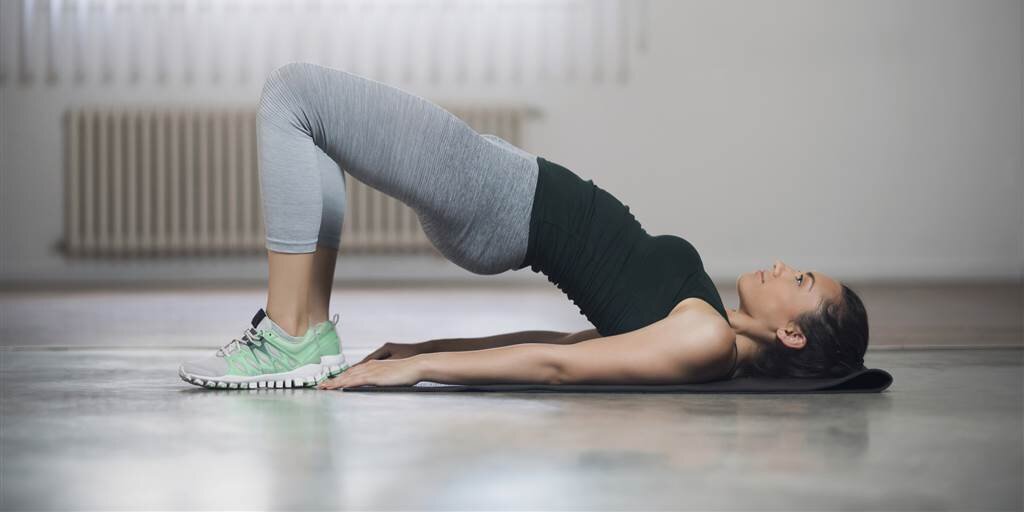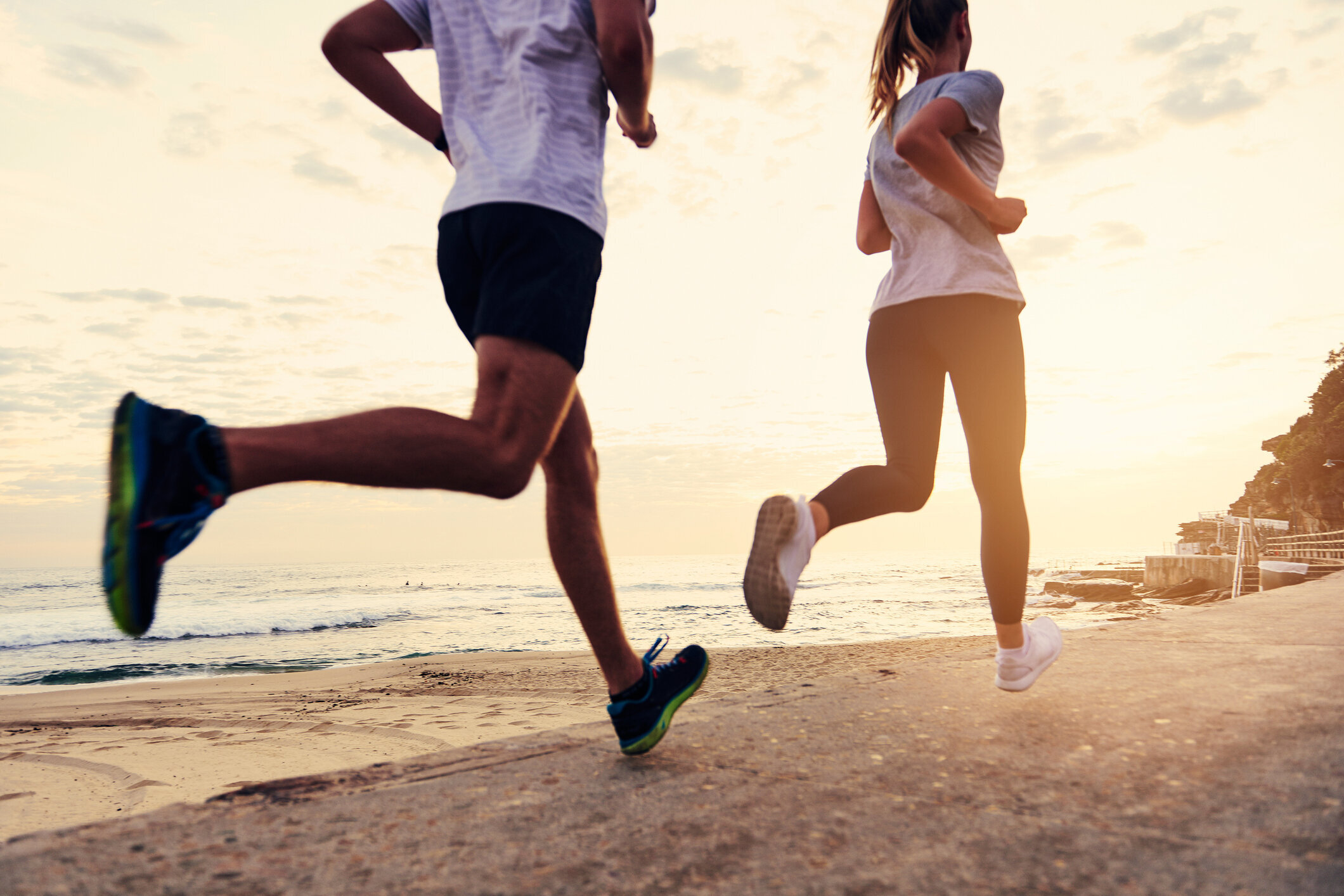It’s crazy to think how close we are to the end of the year. I don’t know about you, but I always start getting a little excited right about now. After a big year nothing can beat a couple of weeks off around Christmas and New Years. Spend some quality time with the family and get out of Sydney for a few days.
Who doesn’t love holidays!
Jumping on a plane to spend New Years in Hawaii, heading up the M1 to the family beach house or simply a weekend trip up the mountains…
It all sounds exciting doesn’t it.
Unfortunately with this ‘change in routine’ we often forget to look after ourselves. I know my diet goes out the window, training is less of a priority and mobility work is all but forgotten.
Sometimes a break in routine is needed. It’s a holiday after all. However,
There’s nothing worse than ‘throwing out your back’ at the start of a trip….
You want to focus on doing what you can to enjoy your relaxation time. To help you stay safe, healthy and happy I’ve put together a few handy tips to keep you health on point as you travel to your destination of choice.
Don’t worry they won’t take much time…
Driving up or down the coast?
5 Simple Steps Stay Supple
Take advantage of those pit stops to get some mobility in! Your car’s bonnet makes a great bench to stretch those hamstrings!
Roll up a towel (or jumper) and pop it behind your back to make a comfy arch support. It’ll help encourage better posture, and distribute load more evenly through your spine.
Stretch that chest! Tuck your arm behind the adjacent headrest and ease in to the stretch. By gently pushing in to the stretch and then releasing, you’ll ‘trick’ your muscles into relaxing a little more.
Sit upright with your head against the headrest before you set your mirrors up. This will remind you not to slouch as you’re motoring up the highway.
Keep your fluids up! Sip water often.
If you’re lucky enough to be heading overseas…
5 Mobility Tips When Flying
(Number 2 is my favourite)
Make sure you lift your suitcase with your knees, and not your back! You don’t want to blow a disc before you even walk onto the plane
You’ll get some funny looks doing air squats in the aisle way… but It will help keep your body moving and make you more comfortable.
Take your own supportive pillow, if it fits in your luggage. There’s nothing worse than a sore neck after sleeping on a rock of a pillow.
Roll up a towel (or jumper) and pop it behind your back to make a comfy arch support. It’ll help encourage better posture, and distribute load more evenly through your spine.
Keep your fluids up! Sip water often.
Once You Arrive…
5 Things You Should Do Before Going To The Bar
Stretch first. You’ve just been sitting for hours on hours. Make sure you get moving and stretching first before you hit that hotel gym session.
Make sure you unpack your mobility ball and put it somewhere easy to see. The more you see it, the more you’ll use it.
Make sure the mattress is supportive. If you notice any large indentations in it, then compensate by placing a small soft towel in the ‘hole’.
Remember that most of us aren’t used to walking around for 8 hours a day. So if you’ve been busy exploring Venice all day, take 5 minutes to stretch before bed. Your muscles will love you for it….
Enjoy yourself!
Relax
Your mental health is as important as your physical!
And of course, we will be here when you get back!



















